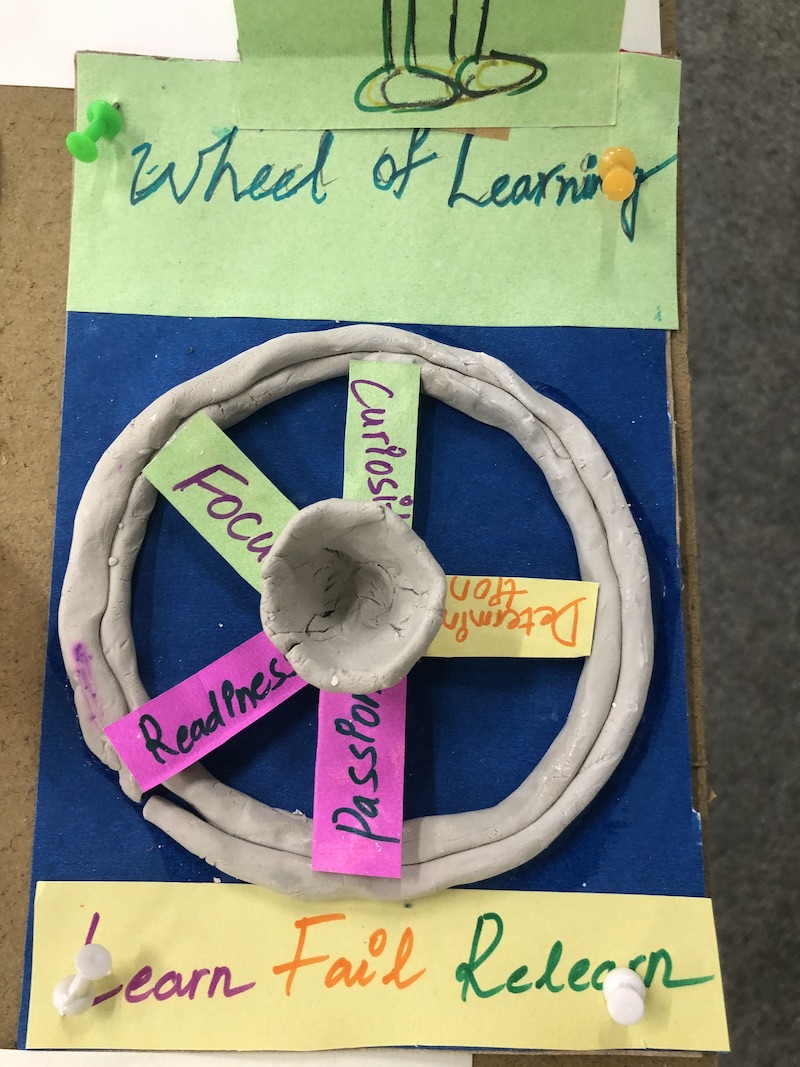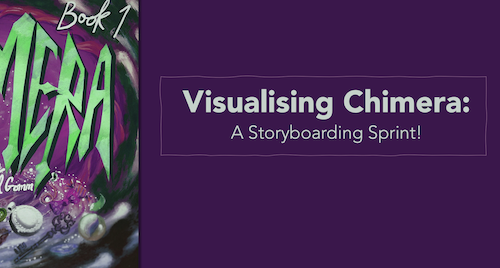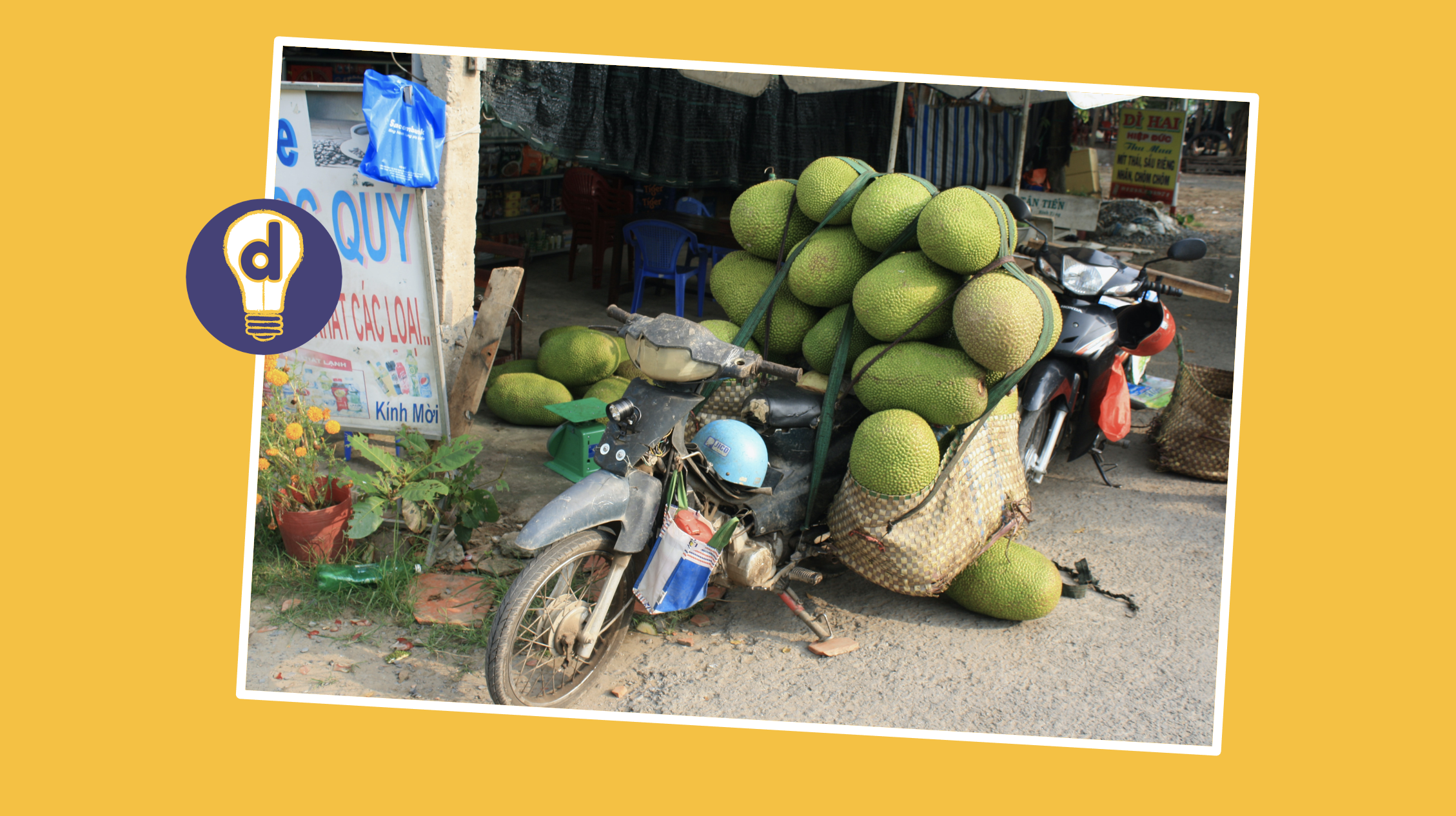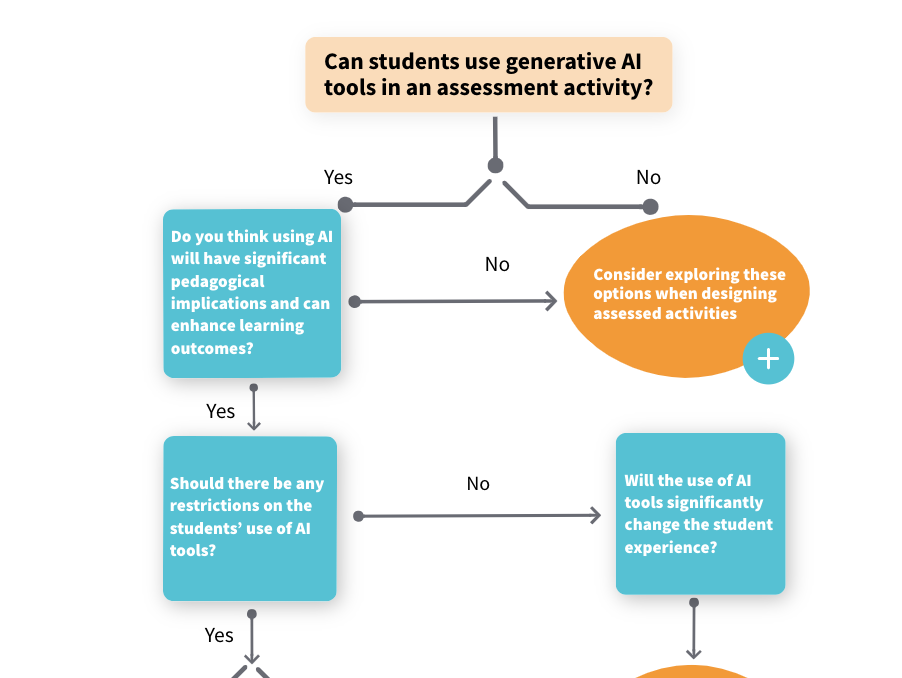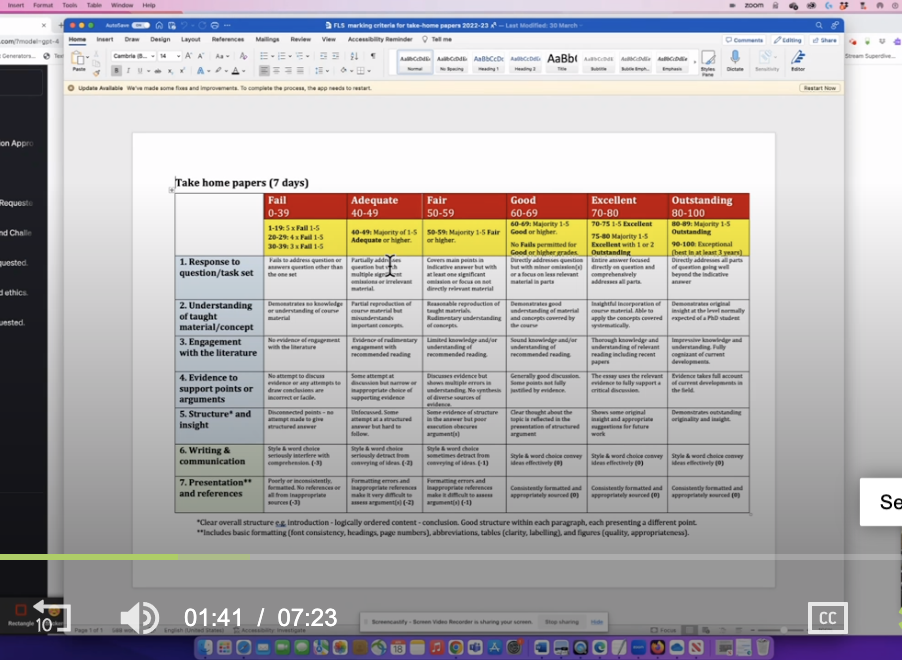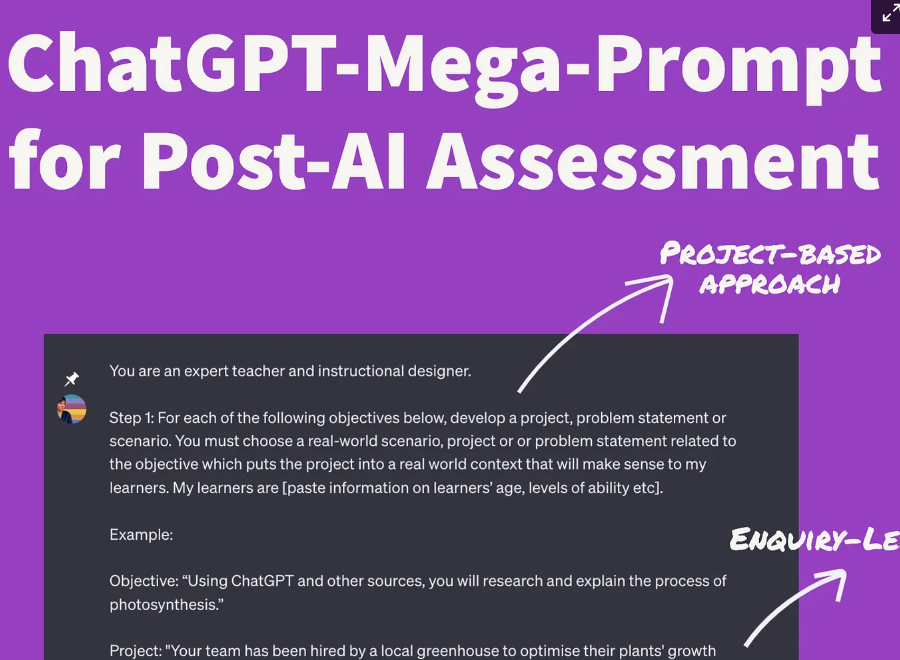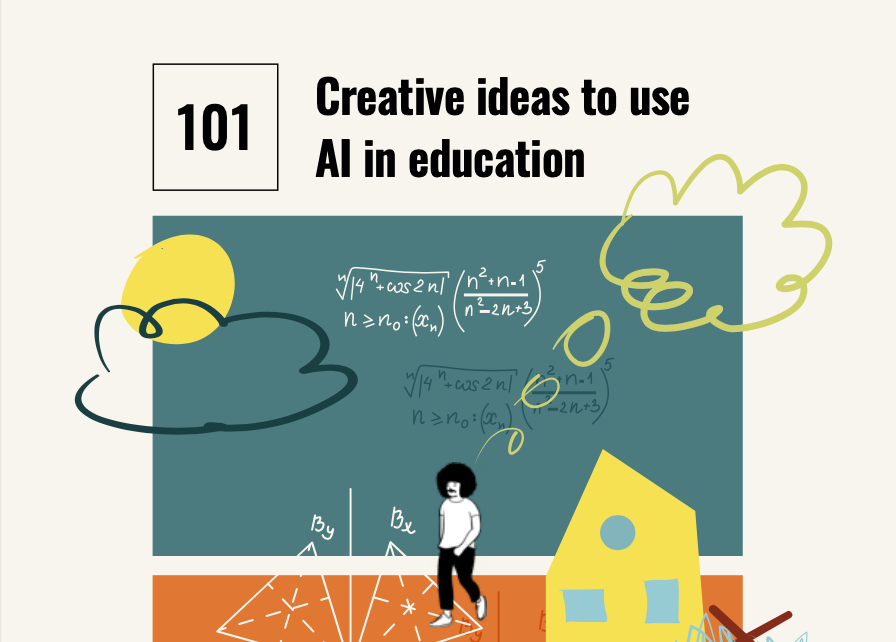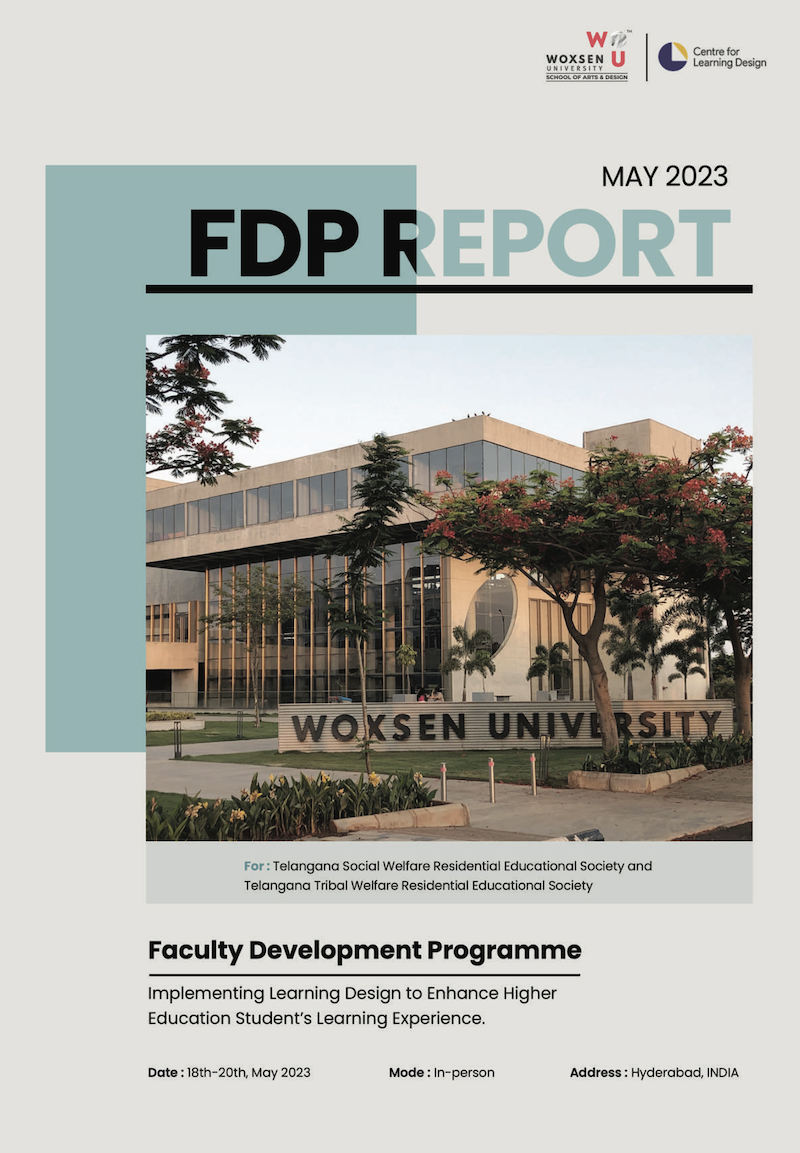FDP Resources
Additional support for the TTWREIS and TSWREIS FDP
Thank you so much for your participation in the FDP, it was a pleasure to work with you all!
Rather than give you loads of handouts, I’ve put together some useful links and resources on this page.
Please don’t feel that you need to read through all of them – just pick and choose the things that look interesting to you. The aim is to give you some inspiration in the months ahead and provide useful guidance to help you implement new ideas in your teaching.
Increasing engagement and motivation
Overcoming procrastination
Many students struggle to get started with coursework and assignments. This blog post contains practical tips for motivating students and helping them overcome procrastination.
Using a ‘learning sprint’
A learning sprint can be an effective way to motivate students. This document provides an example of a 6-hour sprint used with Woxsen Foundation students. The aim of the sprint was to help students realise just how much they can achieve in a short space of time!
Thinking tools
These short ‘thinking tools’ videos give a brief summary of different learning theories. Each video explains how you can apply the theory to improve learning experiences. Threshold Concepts and the Hidden Curriculum are both very useful ways of understanding why students often fail to engage in learning.
Inclusive teaching and learning
Dyslexia
Dyslexia is very common. While it can produce barriers to learning, it can also drive creativity. This blog post examines how to support students with dyslexia, and contains practical tips for reducing barriers to learning for all students.
Cognitive load
Cognitive load is a scientifically proven concept, and reducing cognitive load can significantly improve student learning. This blog post on reducing cognitive load explains why this is such an important concept for teachers.
Inclusive teaching tips
Heather McClean is a specialist in inclusivity. She works with faculty to identify and remove barriers to learning. In this podcast Heather shares lots of tips for teaching inclusively.
Autism / ASD
Autism, or ‘autism spectrum disorder’, can sometimes be difficult to identify in students. But designing your teaching to anticipate autism benefits all students. This blog post explains some of the common barriers faced by students with autism, and what you can do to reduce and remove the barriers.
Little and often
Using a ‘little and often’ approach to learning can help students digest information more easily. Breaking information into short chunks helps them learn more effectively. This blog post explains the research behind a little and often approach to learning.
Improving communication
Acrobat Global work with universities and businesses to improve understanding of neurodiversity. In this podcast they provide an insight into how teachers can improve learning for all students through effective communication.
AI in teaching, learning and assessment
Adapting assessments
This decision tree by Sean McMinn provides a way of thinking about how to adapt assessments: It provides a series of questions to guide your decisions, and helps you think about things you might not have considered.
Impact on teaching
This LinkedIn Live discussion between myself, Sean and Phil Gomm examined ways in which AI will change teaching, learning and assessment design. Sean provides useful tips to guide academics on how to adapt teaching and assessment.
Students’ views of AI
This article reports the reflections of the co-organisers on a recent AI in Higher Education event which was led by students from the University of Leeds and University College London. The student co-authors present future-gazing visions of the impact of AI in higher education and beyond.
Using ChatGPT for feedback
This video by Martin Compton demonstrates how academics can use ChatGPT to write feedback using a rubric. Although you should always check the feedback produced, this has potential to speed up writing feedback which could be helpful when teaching large cohorts. Check out Martin’s blog for more excellent insights.
Inquiry-based assessment
This article by Philippa Hardman looks at how to incorporate AI into assessment design. She provides 3-step process that is designed to shift towards more enquiry-based assessment. And she even provides a prompt that you can adapt and paste directly into ChatGPT. In another article, she also explores using ChatGPT to harness intrinsic motivation.
Creative ways to use AI
This e-book by researcher Chrissi Nerantzi and team contains lots of great ideas for using AI in education. Chrissi is an educational developer at the University of Leeds (she’s also the person who inspired me to use LEGO). She is well worth following on LinkedIn, and her publications are always worth a read.
Have a look at our journal
The Journal of Useful Investigations in Creative Education (JUICE) is a collection of articles about innovative teaching, learning and assessment. You’ll find articles on inclusivity, researching teaching, digital learning, community, assessment and a range of other topics.
Also, if you have tried something new in your teaching, why not write it up as an article for JUICE? We are always looking for examples of innovative ideas in teaching and learning, and we’d love to hear yours! Find out how to submit an article here.

